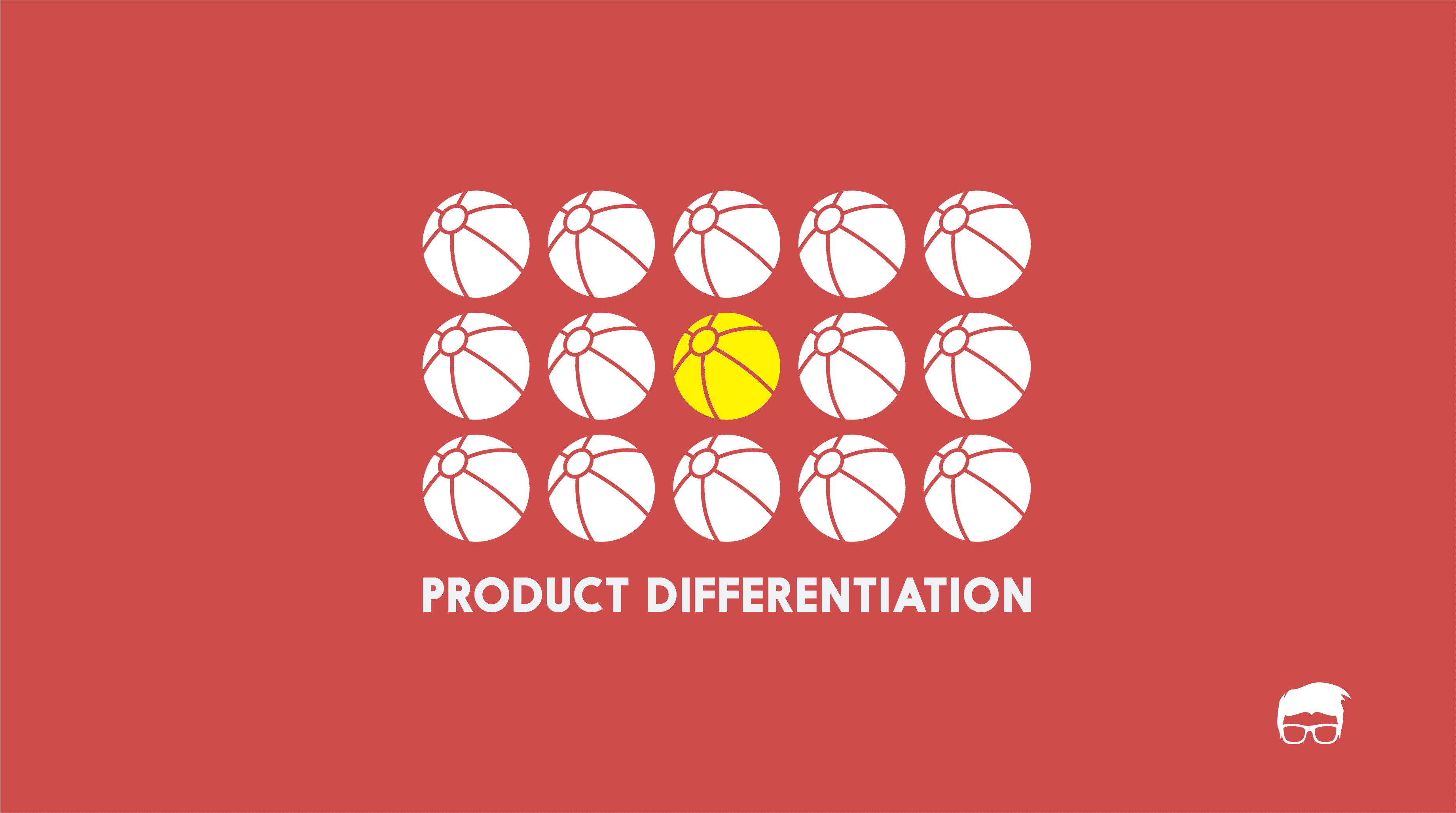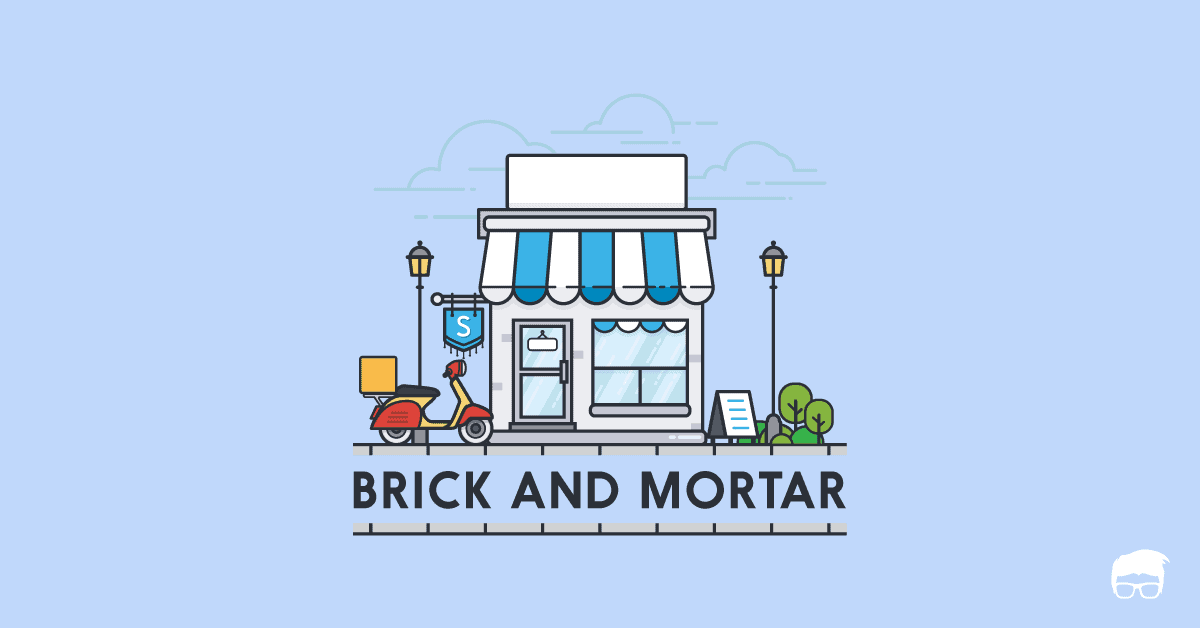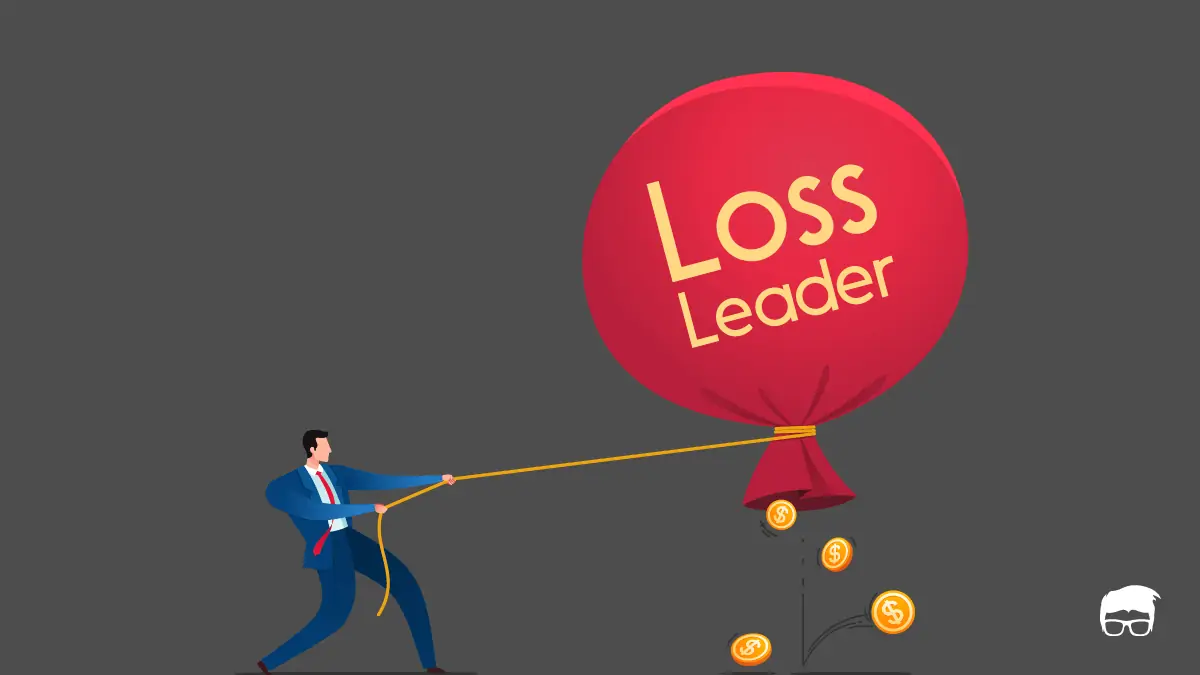Retailers have been in the market since the beginning. Over the years, they have just transformed from rudimentary shops to big shopping malls and have tried everything possible to increase their sales. They’re now focused more on the brand, the price and quality, the competition, the marketing and their positioning to influence the decision-making process of their customers.
The retailers have also come up with many new strategies to invite prospective customers to their stores, make them try things, and to make them stay in the store for long. One such retail marketing strategy is retailtainment.
What Is Retailtainment?
The term Retailtainment was first coined in 1999 by an American sociologist George Ritzer in his book Enchanting a Disenchanted World, Revolutionising The Means of Consumption. He defined it as
“the use of sound, ambience, emotion and activity to get customers interested in the merchandise and in the mood to buy”
He also argued that ‘it was all about allure; the dilemma of attracting more customers while remaining highly rationalised’.
Retailtainment, also called entertailing or inspirational retailing, is the notion of connecting retailing with entertainment. Retailtainment as a retail marketing strategy shot up during the economic downturns when retailers, marketers and everyone alike started researching new methods to attract customers. Retail Technology Strategist Deborah Weinswig says:
“To draw connected consumers, the future of retail is about having fun with live fashion shows and virtual reality headsets”
Retailtainment aims at changing the whole shopping experience and taking it to another level. By increasing the number of people visiting and making purchases, the marketing strategy of any business would increase. It makes use of mood and activity to get customers in the frame of mind to buy products and allows customers to experience firsthand the benefits of purchasing particular goods or services. Paul Fulberg in the 2003 issue of the Journal of Consumer Behavior wrote an article entitled “Using sonic branding in the retail environment” an article entitled “Using sonic branding in the retail environment” in which he described retailtainment as,
‘a way for retailers to entertain the consumer with a dramatization of their values.’
How Can You Benefit From Retailtainment?
Retailtainment is the next big thing for retail shopping. However, to benefit from it, you need to get a deeper understanding of your customers. This could be done through personal surveys, creating social networking pages etc. Once enough information has been gathered, use it to involve the business with their areas of interest. For example, if you deal in sports accessories, you can arrange an interaction with the famous sports personalities for the customers who frequent the stores. Brands such as PUMA explored this method and it was seen that their sales percentage increased when compared to previous years. Once enough awareness and relevance has been instituted, the customers have to be engaged with the products. They would be drawn to the businesses or stores organically. It is, however, necessary to make sure that the in-store experience is coherently linked to the customer involvement and engagement enterprises are in place to stiffen the complete experience.
In order to benefit from retailtainment, the link between the product and the customers should be connected properly.
Some Examples Of Retailtainment
Target Wonderland
Target, the second largest discount-retail store, started a 16,000-square-foot holiday pop-up store called Target Wonderland in December 2015. Target Wonderland took retailtainment to another level by implementing this strategy. While the retailtainment is targeted at families, each person is given a custom lanyard and digital RFID key to carrying around while they browsed. The speciality of those keys is that if the keys are used to scan anything the customer likes, that item gets automatically added to their personalized digital shopping list.
MetroCentre’s Yellow Mall
Also known as MetroCentre Qube, MetroCentre’s Yellow Mall is located in Gateshead, U.K.This mall took the retailtainment of UK to another level with its 38,000-square-foot bowling-based entertainment centre, Namco Funscape. This bowling zone has 18 10-pin bowling lanes, a dodgem car track which is reportedly the fastest in Europe, pool tables, coffee shop, children’s soft play area and arcade games. This bowling zone is Namco’s 11th entertainment facility in the U.K.
Armani in Frankfurt and Stockholm Airport
The retailtainment experience in Stockholm and Frankfurt airports by Armani for their Acqua di Gioia and Acqua di Gio product ranges were reported to be a success by Giorgio Armani.
Armani offers airport travellers a ‘disconnection’ retailtainment experience in Stockholm airport. Here, earphones and an iPad offering calming sounds of the sea, designed to evoke the mythical Sicilian island of Pantelleria, which is said to be Giorgio Armani’s source of inspiration for his Acqua fragrance collection, was delivered to the travellers.
Armani executed a technology called SCENTYS at Frankfurt Airport where the perfumed dry air was released into the air. While this happens, concurrently they broadcast product-related content on built-in screens. Travellers from all around the world were requested to choose a fragrance before being engrossed in a real-time visual and sensory advertisement experience.
According to a study by the University of Arizona, retailtainment has been the boon of the century. It results in an increase in sales and revenue of the organization with an improved shopping experience for customers.
Go On, Tell Us What You Think!
Did we miss something? Come on! Tell us what you think about our article on Retailtainment in the comments section.
A startup enthusiast who believes anything can be built if you do that required research and get the base ready.
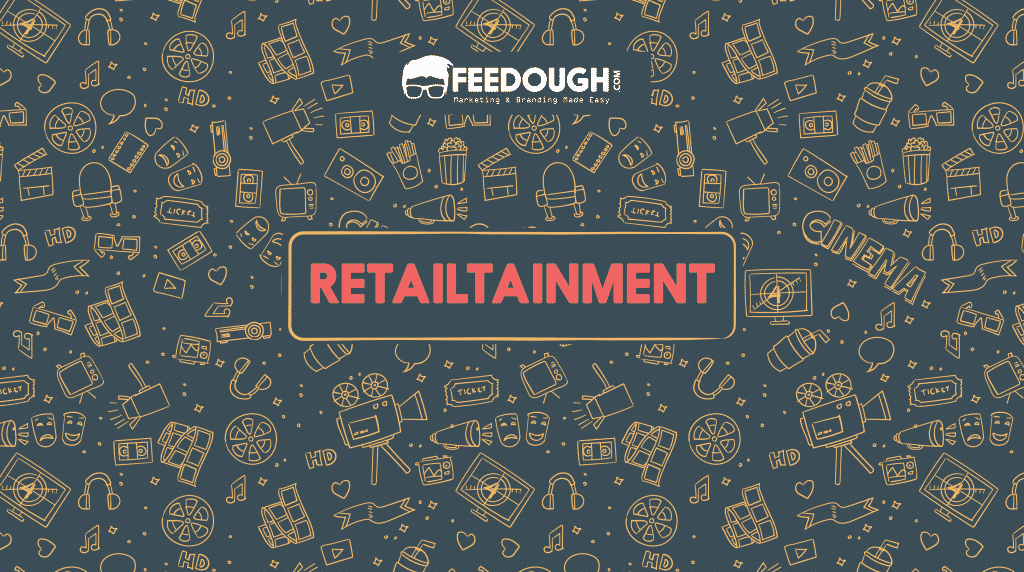
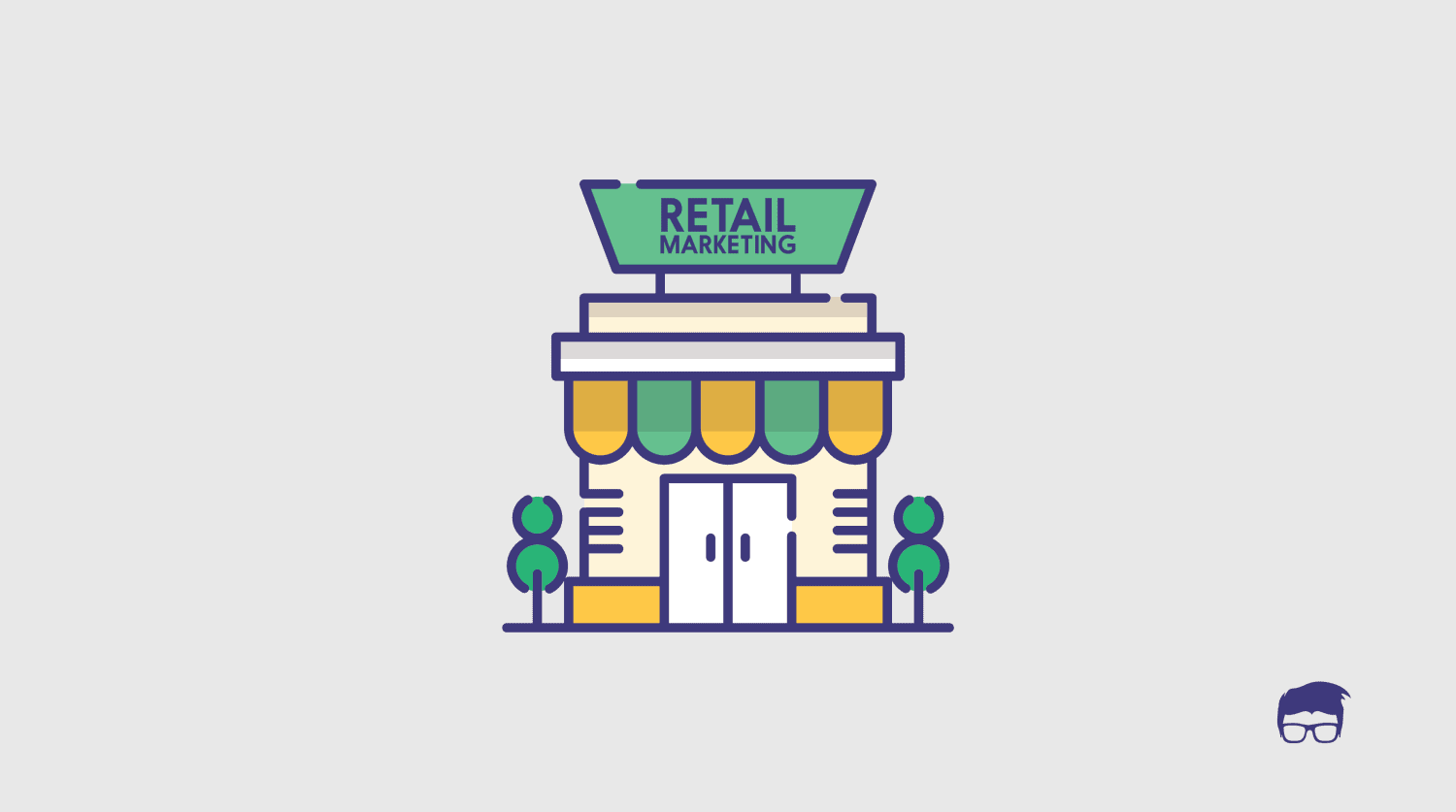
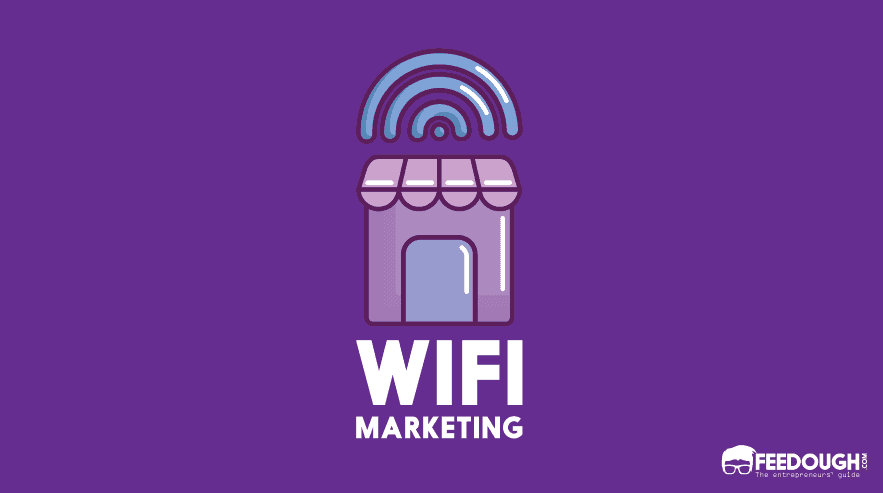
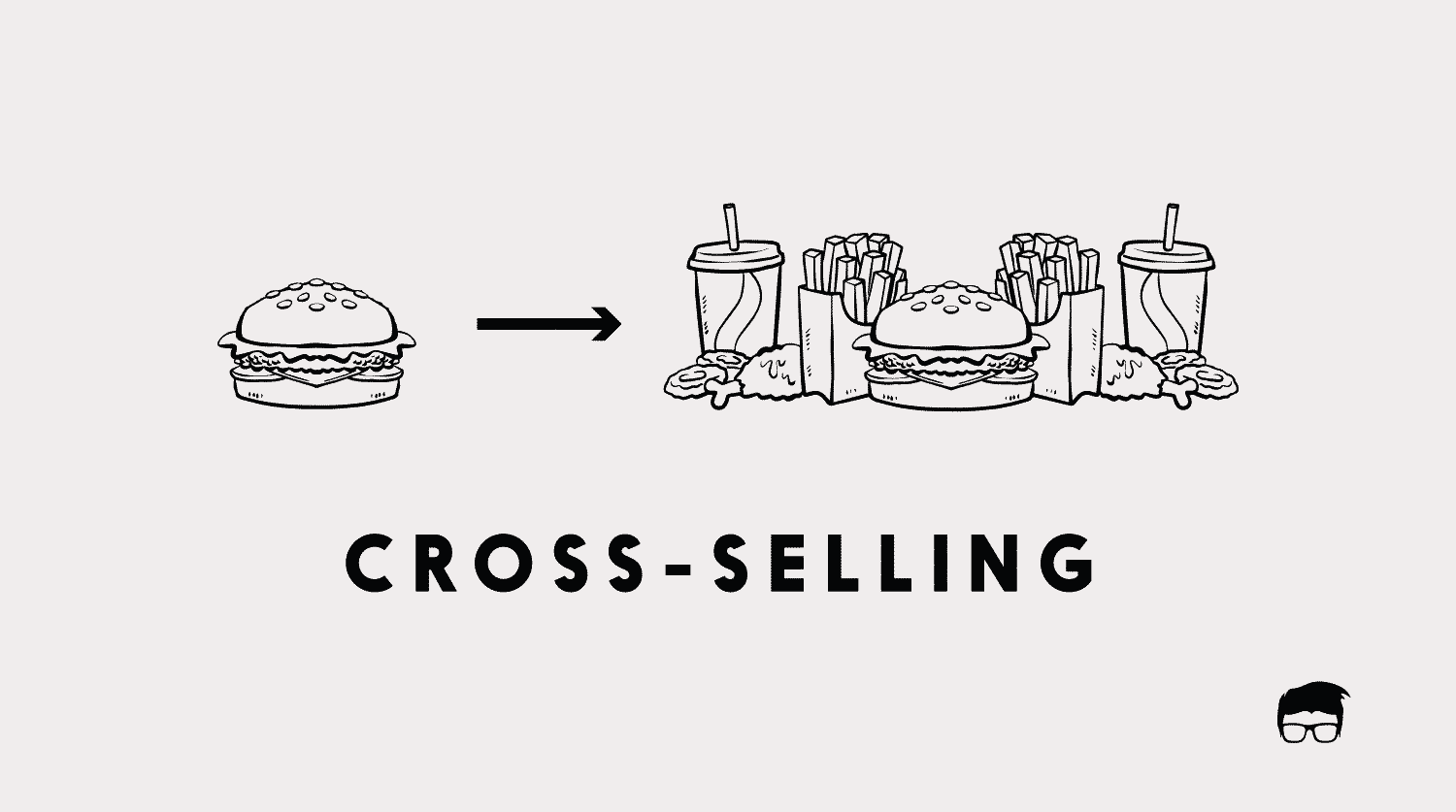
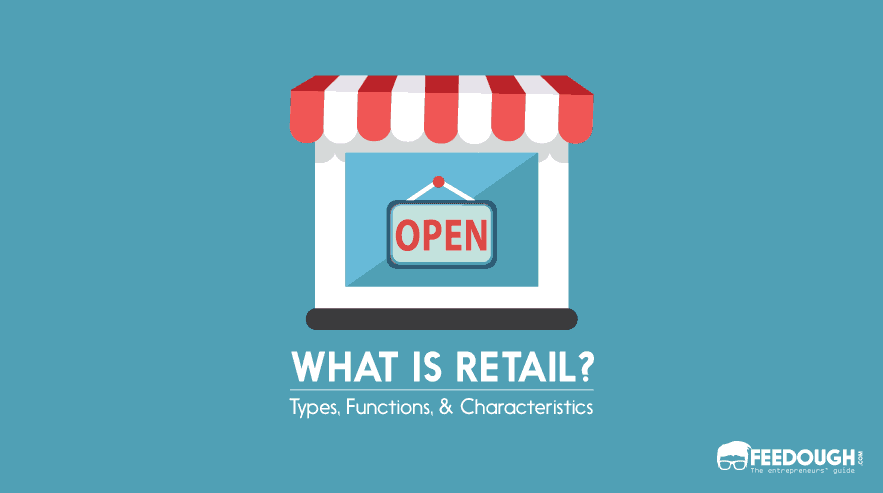
![What Is Upselling? How To Upsell? [Detailed Guide] UPSELLING](https://www.feedough.com/wp-content/uploads/2018/05/UPSELLING-20.webp)
